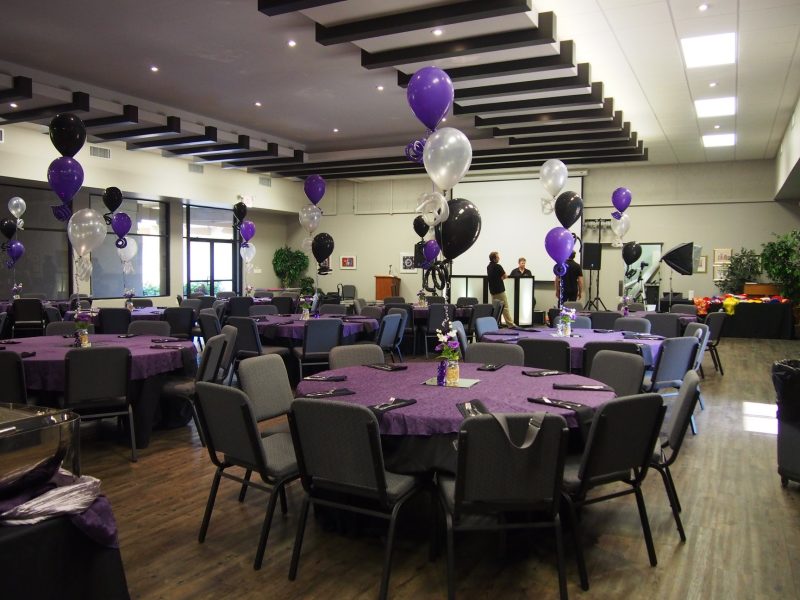Weddings
Prior To The Wedding Day
Aufruf
Aufruf is a Yiddish term meaning “to call up”.
Prior to a wedding ceremony, the bride and groom are called to the Torah for a blessing (Aliyah). After the Aliyah, the Rabbi will offer a Misheberach (blessing), and it is customary for the members of the congregation to throw candy at the couple as a way to wish them a sweet life.
The Wedding Day
Ketubah Signing
The Ketubah is a symbolic Jewish marriage contract that outlines the groom’s responsibilities towards the bride.
It dictates the conditions he will provide in the marriage. It also dictates the bride’s protections and rights and the framework should the couple choose to divorce.
The Ketubah isn’t actually a religious document, but is part of the Jewish civil law, so there is no mention of GOD blessing the marriage. It is signed by the couple and two Jewish witnesses prior to the ceremony, then read to the guests during the ceremony itself.
Bedeken
During the Ketubah signing, the groom approaches the bride for the Bedeken (unveiling).
He looks at his bride to make sure that it is the woman he is supposed to marry her and then veils her (if a veil has been chosen to be worn by the bride). This signifies his love for her inner beauty.
It is a tradition stemming from the Bible when Jacob was tricked into marrying the sister of the woman he loved because the woman was veiled. If the groom does the veiling himself, then the trickery cannot occur.
The Ceremony

Walk To The Chupah
In Jewish ceremonies, the processional and recessional order is different than non-Jewish ceremonies. In Jewish tradition, the groom’s parents walk him down the aisle to the chupah (the altar beneath which the couple exchanges vows). Then the bride is walked down the aisle with her parents. Traditionally both sets of parents stand under the chupah during the ceremony with the Rabbi, bride and groom.

Vows Under The Chupah
A chupah has four corners and a covered roof symbolizing the new home the bride and groom are building together. In some ceremonies, the bride and groom’s friends hold up the four corners of the chupah, supporting the life the couple is building together. In some ceremonies, the chupah is a freestanding structure decorated with flowers and other items. The canopy (or roof) is often made of a Tallit (prayer shawl) belonging to a member of the couple or their families.

Circling
In the Ashkenazi tradition, the bride traditionally circles the groom either three or seven times under the chupah. Some people believe this is to create a magical wall of protection from evil spirits, temptation, and the glances of other women. Others believe the bride is symbolically creating a new family circle. The Askenazi believe that the three circuits may represent the three virtues of marriage (righteousness, justice and loving kindness). The seven circuits derive from a Biblical concept that seven denotes perfection or completeness.

Ring Exchange
Traditionally, Jewish brides get married with a wedding band that is made of metal (gold, silver, or platinum) with no stones. In ancient times, the ring was considered the object or value (purchase price) of the bride. The only way they could determine the value of the ring was through weight, which would be altered if there was a stone in it. In some traditions, the rings are placed on the left forefinger during the ceremony because the vein from the forefinger goes straight to your heart.

Sheva B'rachot (Seven Blessings)
The Sheva B’rachot (seven blessings) comes from ancient teachings. They are often read in both Hebrew and English. They can be shared by members of the family and friends who are invited to participate in the wedding. They begin with the blessing over a cup of wine, then progress to more grand and ceremonial statements, ending with blessings of joy, peace, companionship, and the opportunity for the bride and groom to rejoice together.

Breaking The Glass
As the ceremony ends, the groom (sometimes both the bride and groom) step on a glass inside a cloth bag to shatter it. The breaking of the glass holds multiple meanings. The primary reason is that joy must be tempered. Some say it represents the destruction of the Temple in Jerusalem. Others say it demonstrates that marriage holds sorrow as well as joy and is a representation of the commitment to stand by one another even in hard times. The cloth holds the shards of glass which are collected after the ceremony, and many couples choose to have it incorporated into some sort of memento of their wedding day.

Mazel Tov!
Shouting “Mazel Tov!” is one of the most well-known Jewish wedding rituals. Once the ceremony is over and the glass has been broken, you will hear guests cheer Mazel Tov (good luck or congratulations). The translation is closer to wishing the best for the future, a great destiny, or a pronouncement that the person or people have just experienced a great fortune.
After The Ceremony (Typically The Reception)

Yichud
Following the Ceremony, tradition dictates that the couple spends at least eight minutes (usually 10-20) in yichud (seclusion). This wedding custom allows the newly married couple to reflect privately on their new relationship and allows them precious time together to bond and rejoice. It is also customary for the bride and groom to share their first meal together as husband and wife during the yichud.
Hora and Mezinke
The celebratory dance at the reception is called the hora where guests dance in a circle. Oftentimes you will see women dancing with women and men dancing with men. The bride and groom are seated on chairs and lifted into the air while holding onto ends of a handkerchief or napkin. There is also a dance called the mezinke (special dance for the parents of the bride or groom when their last child is wed).
There are many other items that can be put into the ceremony, and the Rabbi can assist you with that.
Please contact the Rabbi to discuss personalizing your wedding ceremony further.
